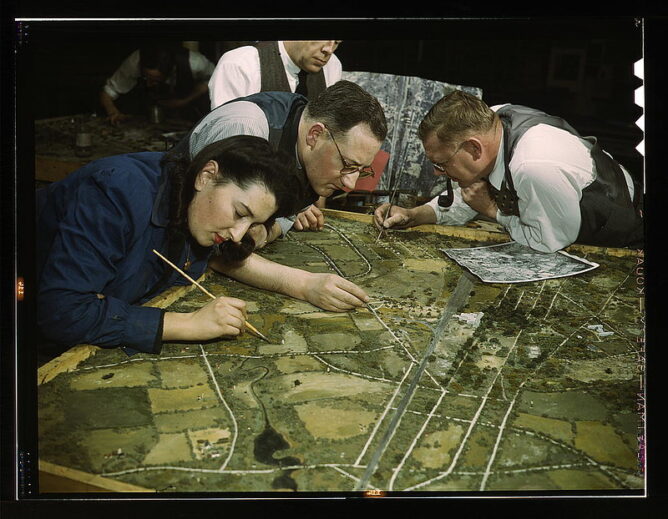Lately, I’ve been thinking about how academic libraries structure their support for external communications. By “external” I mostly mean on campus, though sometimes this can include communications beyond campus, especially in the case of large state universities, R1 schools, and those with fundraising needs.
This isn’t a topic I have explored in the published literature yet, but I have been poking around library websites to see what info I can glean from staff directories and organizational charts. The various configurations for managing comms I have found generally fall into four types (I call them “tiers” below), though there appears to be little consistency beyond these broad categories. If a research study on this does not already exist, I would find it worthwhile to investigate it further.
In my experience, there are three factors that make academic library communications effective: consistency, strategy, and quality. That is:
- creating consistent messaging, branding, and tone;
- developing strategic objectives and determining metrics of success; and
- maintaining a high level of quality content production and execution.
Of the four models for communications outlined below, only libraries in tiers 1 and 2 can guarantee high levels of all three factors. This is not to say that libraries within tiers 3-4 cannot be successful, but only that it is far more difficult.
Tier 1: The comms team
I suspect this mostly exists in R1 institutions or large campuses with multiple libraries. This is when the library employs an entire team of professionals to manage its communications needs. This might include a full time social media manager, graphic designer, writer, project manager, event manager, development officer, and/or videographer. Assuming that everyone on the team has the requisite skills and experience, this is the most desirable option and the one that securely enables consist, strategic, and high quality communications.
Tier 2: The comms director
Most likely to be found at mid-size university libraries. This is when you have a single full-time person entirely dedicated to communications. Their work might also involve planning and hosting events, and may vary considerably depending on (1) whether they are a librarian or staff and (2) whether they are housed within the reference department or administration. Assuming this person has the requisite skills and experience, this is also a desirable option, though without the balance and support of a team, there is the risk that either consistency, strategy, or quality could fail over time (also, burnout is a significant threat). Nonetheless, it’s a viable option.
Tier 3: The comms hat
Also may be found at mid-size universities, but more likely to be found in smaller colleges. This is when you have a full-time staffer who has been given the extra hat of communications. This might be a solo reference and instruction librarian, a collections librarian, or even a department head but it’s not their primary role. It’s almost a certainty that one of the three success factors will, out of necessity, fall by the wayside.
Tier 4: The comms committee
This is the least desirable arrangement: communications by committee. While I don’t doubt there are some effective uses of this model out there, I would bet most are ineffective relative to the time and effort involved. This is when no one is in charge of outreach and it just happens depending on the variable bandwidth of the members of the group. Even with the best of intentions and structure, you cannot guarantee a consistent tone or level of quality.
Finding the right fit
Academic library outreach and communications is a different beast than what one may experience in other types of libraries. For one, an academic library’s primary audience is a limited and captive one: students and faculty. Moreover, the distance, both physical and conceptual, that messaging needs to travel is relatively short. It’s in the secondary and tertiary audiences that variety comes into play: are donors a key demo? Campus senior leadership? State officials? How important is reaching the off-campus community?
I don’t know what might be a best practice when it comes to structuring an outreach department, but I would venture that most libraries evolve from Tier 4 to Tier 1 over time, though most will never reach beyond Tier 2 due to staffing constraints. What I do know is that working in team environment has a number of benefits, including exponentially increased bandwidth, a mutually reinforced creativity engine, and a burnout buffer. However, it is essential that all members bring the requisite level of skill and experience to the table to make this work efficiently.
Coda: The line between outreach and communications is a fuzzy one. The terms are frequently used interchangeably (guilty) but the latter has a much deeper and longer history of best practices, theory, and scholarship, mostly outside LIS. I think many libraries slap the term “outreach” on job descriptions and titles without giving much thought to the practical skills and knowledge necessary to make that work. That might be a topic for another time.
(header photo: library_of_congress on flickr)
